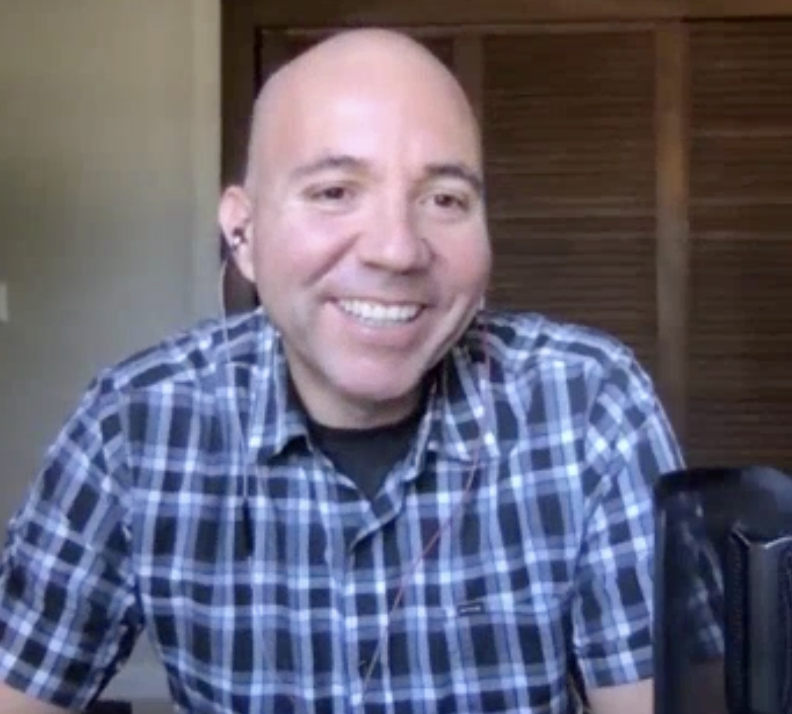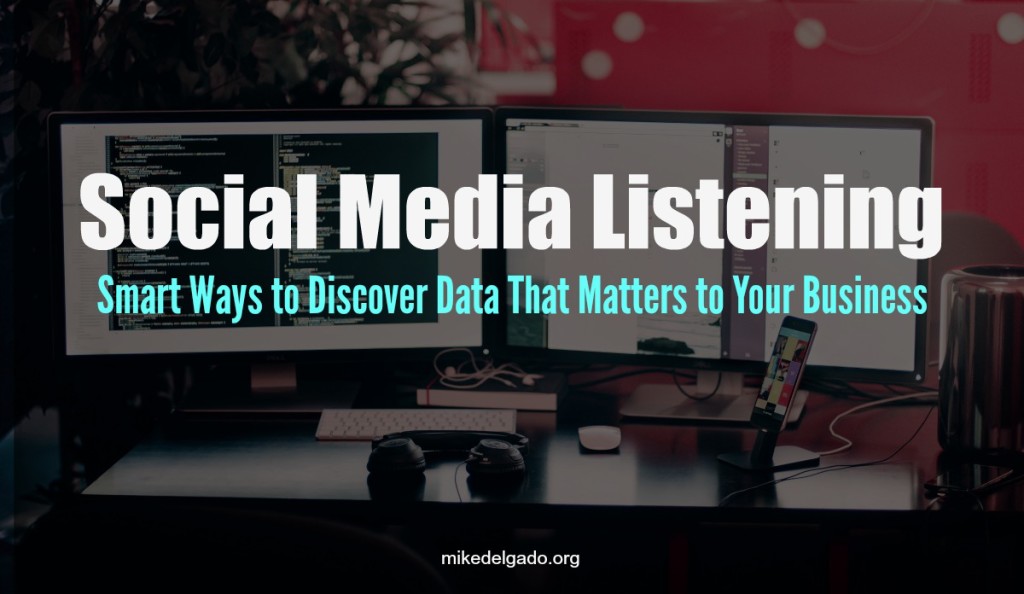
As a social media community builder, listening is a key aspect to my work.
Listening helps me find my target audience online
Listening helps me understand the topics and trends that matter
Listening helps me find out the pain points of my community
Listening helps me discover what channels drive traffic & revenue
Listening helps me develop better content
Listening helps me engage better
The trouble with listening is that it takes time – and there isn’t always a clear financial ROI. You can spend all day analyzing social media data, but not achieved one of your social business goals (e.g. customer care, improve brand awareness, web traffic, leads, etc.).
After all, there is a ton of data to analyze.
Social media listening tools provide you with demographic data, social mentions by regions, data on competitors, data on influencers, data on best times to post, data on what type of content performs well (and where), sentiment data, etc. And then there is time-consuming unstructured data (e.g. video, audio) that is difficult to analyze – or live streaming data that can be a beast to tackle.
The trouble isn’t collecting the social media data, it’s analyzing the right data and making actionable decisions from it.
You see, social media listening is part art and part science. You need to know what data is useful – and what data will waste your time. You need to use your social media stethoscope correctly to listen to the trends and conversations that actually matter.

So let’s discuss ways to do this …
Don’t Simply Monitor Your Brand Name
It’s not just about listening to mentions of your brand name (misspellings, URLs, etc) or competitors. That is a crucial aspect to your job — but it’s more important to focus your attention on the keywords your target audience are writing about and searching for.
What types of products or services do you sell? What competitors or brands does your audience talk about? What keyword searches are involved in the customer journey? What does your target audience discuss in forums, LinkedIn groups, etc? Those are the types of keywords you want to monitor. You want to constantly listen to the pulse of your target audience. This is how you can make actionable business decisions.
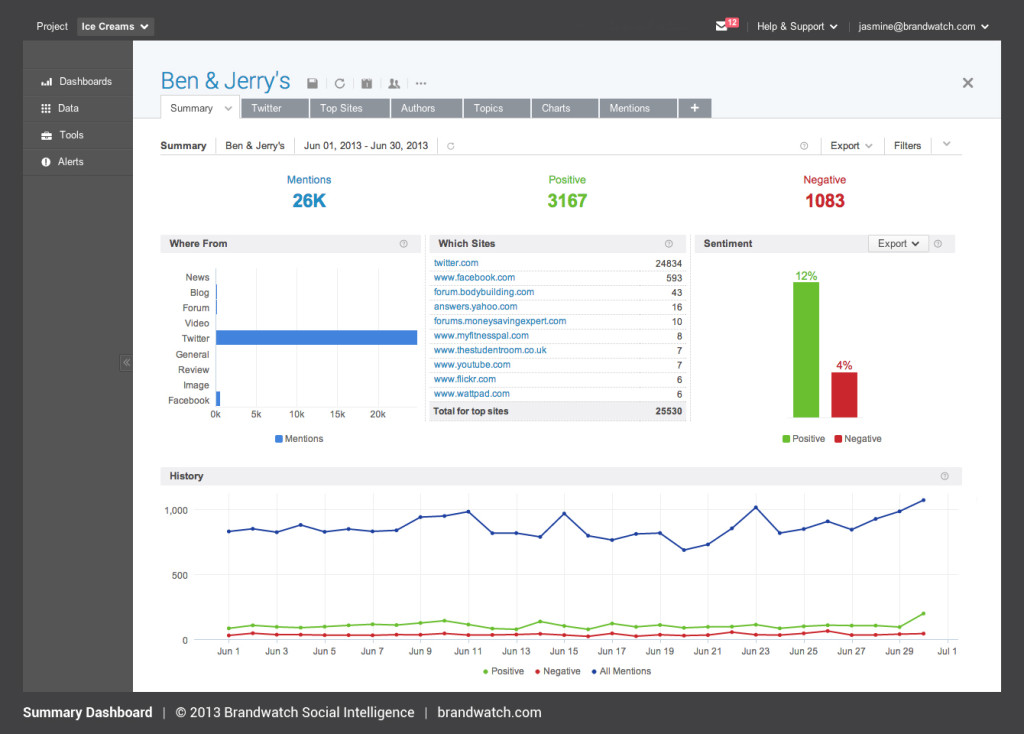
Listening Strategies: Channels That Drive Traffic, Reputation & Revenue
You want to spend time studying your website analytics. You should know where you’re getting social media traffic, revenue, and whatever key data is important to help you achieve your business goals. Now, just because you’re not seeing data from a specific social channel doesn’t mean you shouldn’t spend time there … it could just be a sign that you ought to spend more time there. Don’t discount a social network (e.g. Pinterest) just because you don’t see a lot of traffic. This can just mean you have’t spent time pinning there.
Social monitoring data will inform you on where your target audience is spending time online – and can help you decide on what channels to spend more time in.
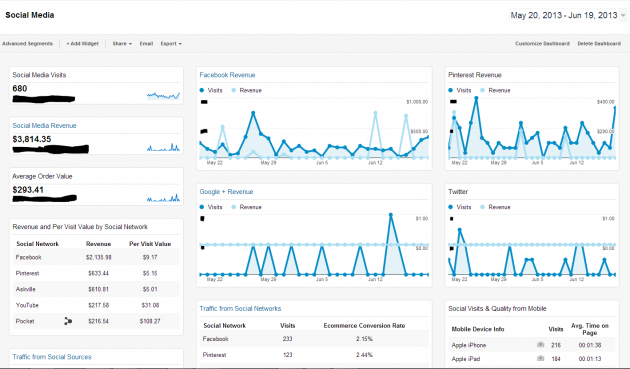
Unfortunately, there are many social networks or apps driving traffic that you won’t see in your analytics. You might not know how much Snapchat, Instagram, and Periscope is really helping you from a traffic standpoint. This doesn’t mean those channels aren’t valuable. It’s just that those channels are focused on a different ROI (e.g. staying top of mind and/or improving transparency and reputation). You need to figure out what success looks like in each of those channels.
Okay, let’s discuss ways these listening strategies can help your business lines:
Customer Support: Discover Customer Complaints Quickly
The most obvious ways social listening can help your business is to quickly find and handle complaints online. There will be trolls and comments from people who hate your business — and that’s to be expected. Sometimes shady competitors might even hire someone to write a negative Yelp listing about your business.
You can’t solve all problems, but you should take each complaint seriously and show how much you care by responding back in a caring and thoughtful way. If possible, try to move the conversation quickly from online to offline. In my experience, moving from text to a personal phone call is a great way to win back a customer.
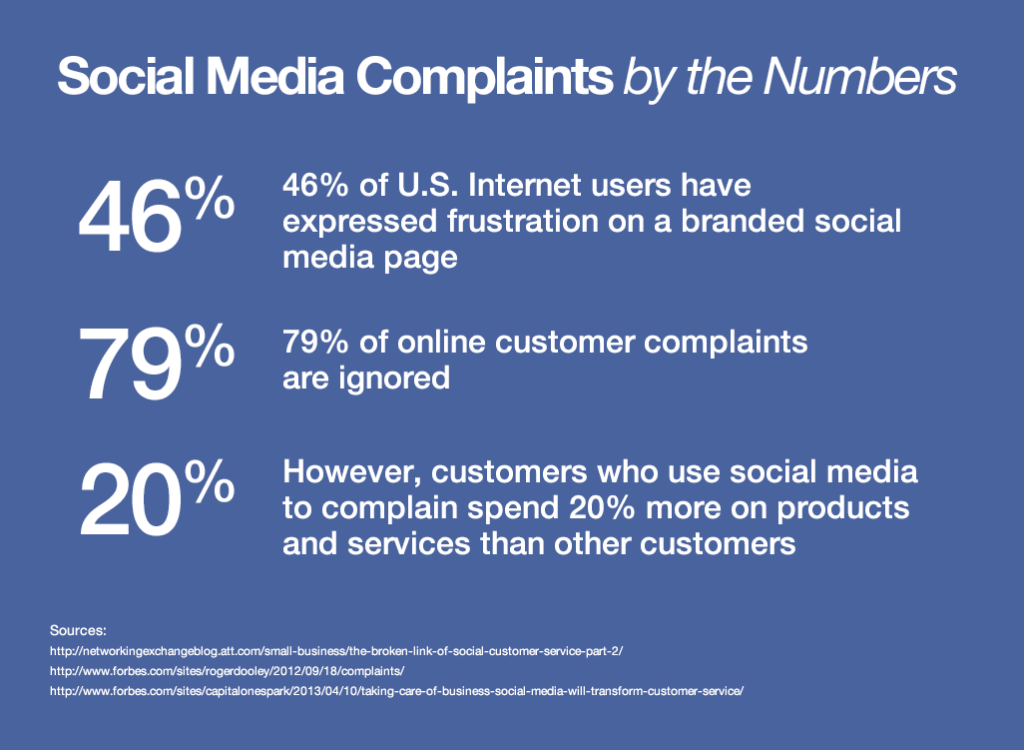
Public Relations: Find Influencers & Track Reputation
Social media managers should work closely with the Public Relations team to help them track issues that are impacting the business. In many cases, this is how you’ll discover keyword phrases before they become important.
Here are some ways you can help the public affairs teams:
Develop a month-over-month report to track key issues that matter to your community
Create a report to track brand sentiment over time
Track and create a trend report to spot a potential crisis in advance
Create a report to track share of voice compared to your competition
Listening is how you identify the journalists who might be interested in writing about your business
With tools like BuzzSumo, you can find influencers in key topics important to your business:
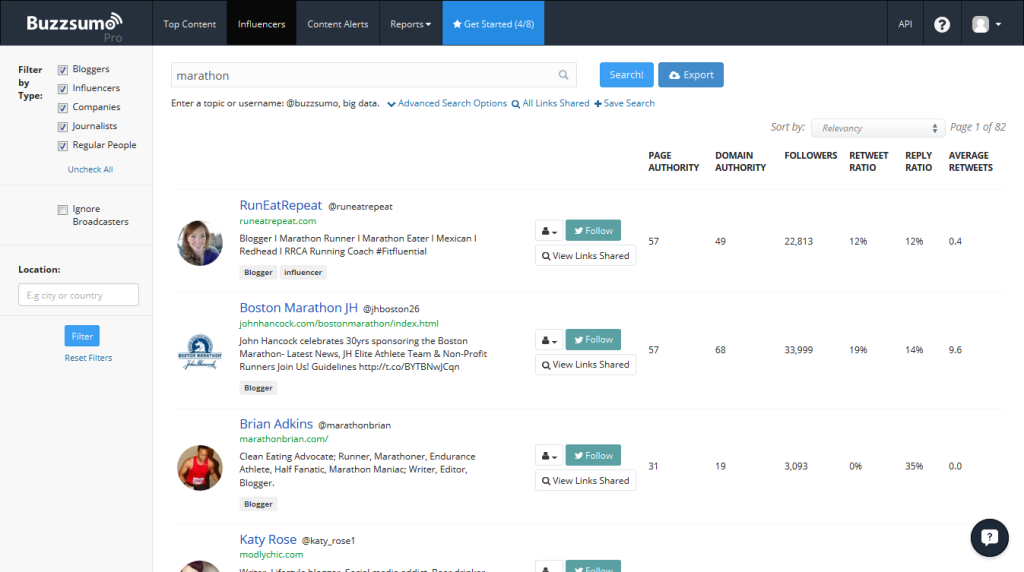
Product Development: Find Complaints & Recommendations
For whatever reason, social media managers don’t often work closely with product development teams. After all, the job functions are very different and there is little time for interaction. That said, product teams can learn a lot from social listening. And it’s the job of the social media manager to share reports on what people are saying about products and services. If your business has the resources, you can even build an internal community to lead conversations about your products to find out ways to improve them.
In the example below, National Instruments revealed how their community shared over 3,700 ideas with over 73,000 votes. This led to more than 12 new enhancements on their products because they listened.
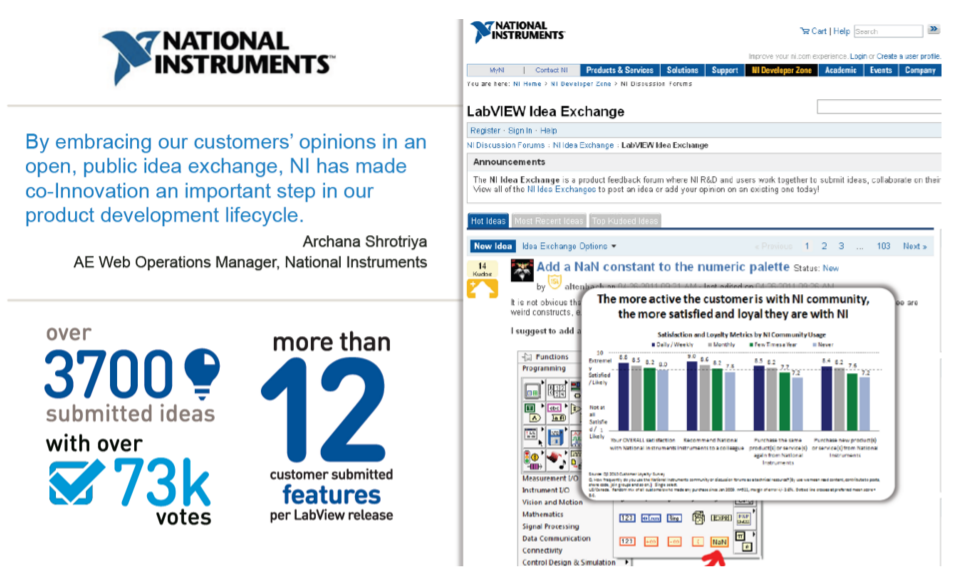
Here are a few ways you can help your product teams today:
Report on what people are saying about your products and services
Share ways your target audience talks about your competition’s products
Find out what product features are desired by your target audience
Learn what features are getting the most complaints online (and why)
Creative Development: Learn What the Community Wants
By listening to your community, you’ll discover what type of content to create – or what content you need to refresh and share again. In our daily scopes at Experain, we’re finding out personal finance topics that matter to our community. We often earn 400 comments/questions in each scope, which helps inform future content we’ll be sharing out.
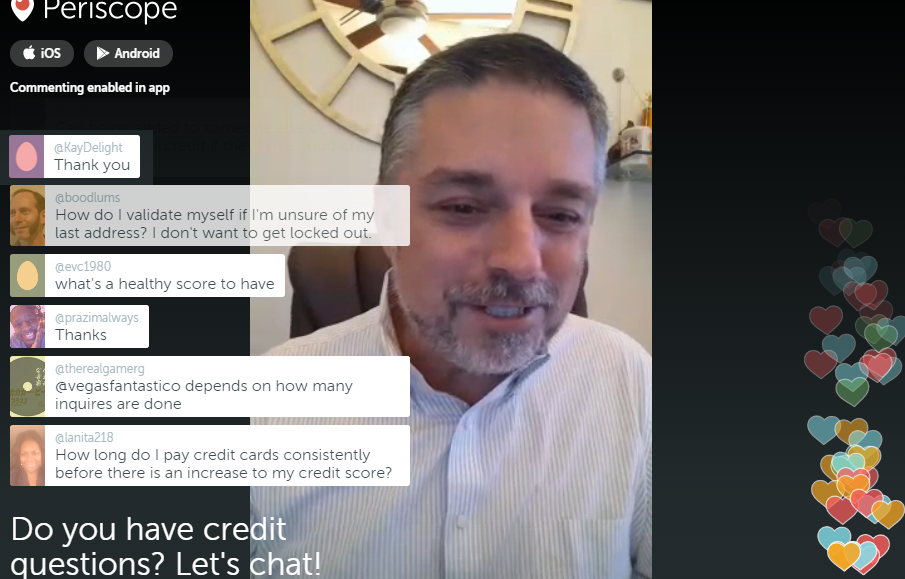
Here is how listening helps you create better content:
Listening is a key way to crowdsource topics and ideas from your target audience
Listening is how you discover what content is resonating with your community
Listening is how you find out what your competition is doing to engage their audience
Marketing: Discover Sites Where Your Target Audience Spends Time
Aside from listening to keywords that you think matter, you need to talk with your marketing team to discover keywords you’re not thinking about. Find out from them what keywords matter for branding and conversions. These keywords can help you detect online communities and sites where your target audience is spending time.
Spend time doing competitive keyword research, too. You can use tools like iSpionage or KeywordSpy to discover keywords your competition targets for SEO and search marketing. You can get a good idea on budgets, keyword seasonality, and other competitive data to help you listen better.
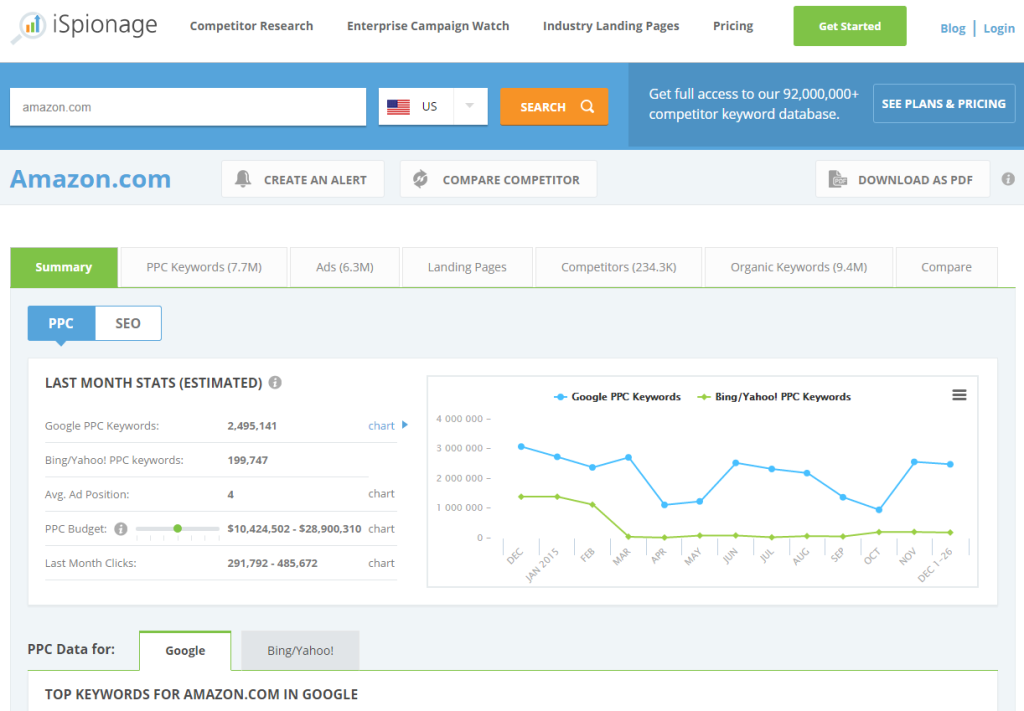
Pay close attention to keywords your competition has been targeting for a long time. Those are often keywords that are important for brand awareness and/or conversions. These conversion-driven keywords are how you can begin listening smarter.
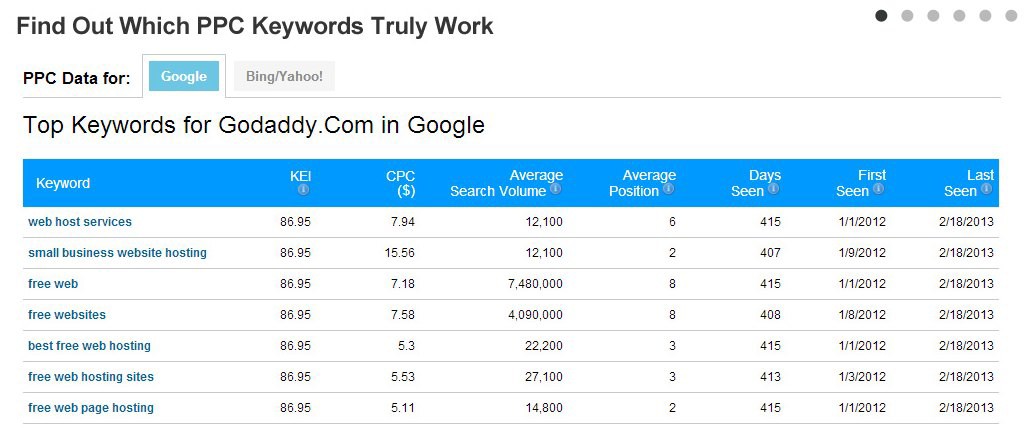
These tools often let you sort and export these keywords by search volume – and last seen date. These are important keyword metrics because it will help you focus your attention on the keyword phrases that are discussed and searched for the most. Your search marketing team should have a list of top keywords delivering lead and/or sales for the business. You should track keywords volume, seasonality, and where those conversations are taking place to help you with you social listening.
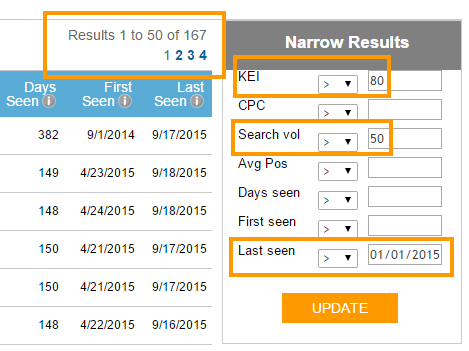
As you discover communities and websites where these key conversations are happening, share the list with your search marketing team. Those communities can be valuable places for advertising.
There are many other ways on how social listening can help with recruiting, sales, and employee advocacy. However, aside from helping your business lines, listening will help your brand engage, relate, and build community faster. We just need to be intentional about listening more.
What are ways you have found social listening has helped you?

